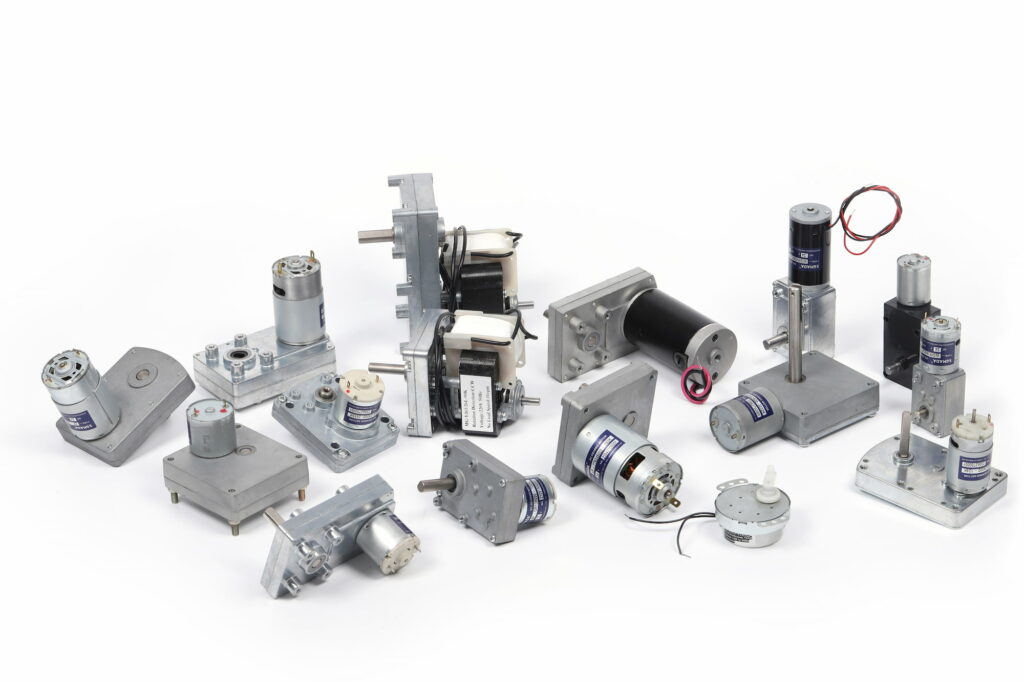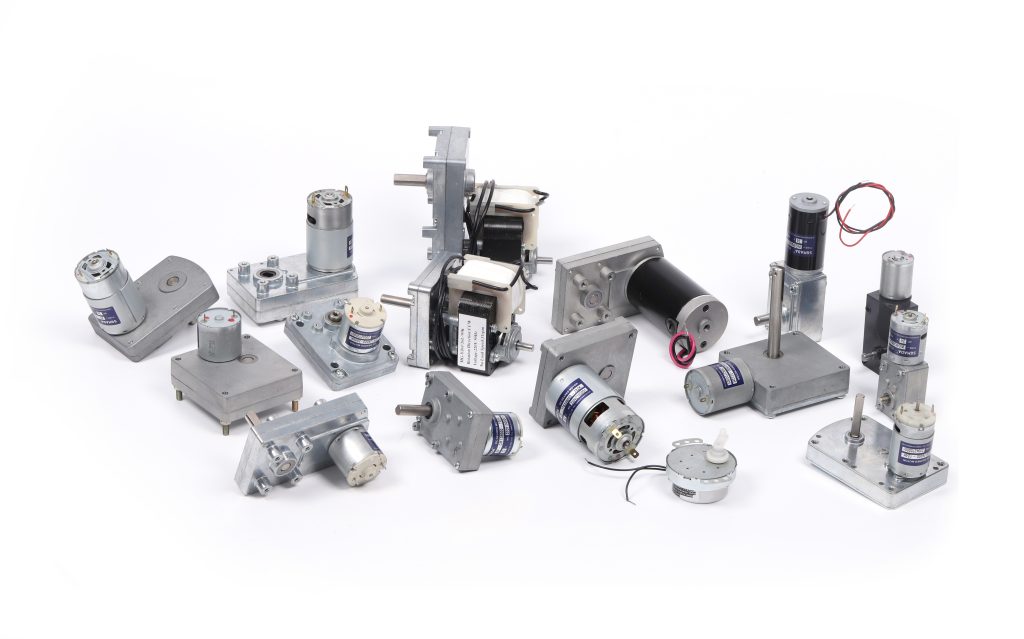Motor current, essentially the flow of charge through the motor windings, is a key parameter that determines the behavior of the motor under different operating conditions. From the moment a motor starts up, until it reaches its operating speed, the current it draws undergoes significant changes, with each stage having an impact on the motor’s performance.
Determinants of Motor Current
- Supply voltage: The size of the supply voltage directly affects the amount of current passing through the motor.
- Motor impedance: Including resistance and reactance. The smaller the impedance of the motor, the greater the current flowing through the motor.
- Load conditions: The size of the motor starting load will affect the motor’s operating current.
Effect of Motor Current:
- Heat loss: Heat is generated when electric current passes through the motor. Higher current will cause more heat loss and may cause the motor to overheat.
- Motor efficiency: The size of the current directly affects the efficiency of the motor.
- Motor Torque: The magnitude of the current is directly proportional to the torque produced.
- Motor life: Long-term high-current operation may accelerate the wear and aging of the motor, thereby shortening the service life of the motor.
Understanding a motor’s current flow is critical to optimizing its performance, efficiency, and longevity, especially in applications that require precise control and high reliability. Therefore, we need to make a detailed introduction and analysis of several key motor current point when the motor is working.

Basic Motor Current
1:Rated Current
Motor rated current (Rated Current) refers to the maximum current that the motor can safely pass under continuous operation. The rated current is the common current under normal operation of the motor, which is directly related to the performance, thermal management and safety of the motor.
- Motor performance: When the motor operates at rated current, it can achieve the best performance, including output power, torque and efficiency.
- Thermal management: The temperature rise of the motor is mainly caused by the loss caused by the current. Maintaining the rated current can ensure that the motor will not be damaged due to overheating.
- Motor Safety: Exceeding the rated current may cause damage to the motor’s insulation material, increasing failure and safety risks.
The motor’s rated current value is usually clearly marked on the motor’s specification sheet or nameplate to guide users in the proper selection and use of the motor to ensure that the motor operates in a safe and effective working condition.

2:Starting Current
Starting current is the current required when the motor starts from a standstill. At the moment of starting, the motor needs to overcome static friction and inertia, so generally the starting current will be greater than the rated current.
Engineers should pay attention to the starting current when designing the motor. Excessive starting current will cause damage to the motor components.

3:No-Load Current
No-load current refers to the current consumed by the motor when there is no load, that is, there is no resistance or load connected to the output shaft.
No-load current reflects the minimum current required for the operation of the motor itself, and is mainly used to overcome the friction and iron loss inside the motor (loss caused by changes in magnetic flux in the iron core). By comparing the no-load current and the rated current, the efficiency and performance of the motor can be evaluated.
No-load current is one of the main sources of energy consumption of the motor. Understanding and optimizing no-load current can effectively reduce energy consumption.

Advanced Motor Current
4:Peak Current
Peak current refers to the maximum current that a motor may experience under specific operating conditions. This value usually occurs during motor startup, sudden load increases, or other abnormal operating conditions.
Peak current is very important in motor design and selection because the motor and its control system must be able to withstand this maximum current without damage.
Understanding the peak current of a motor is important for designing overload protection measures such as fuses, overload relays, and circuit breakers. These protective devices need to be correctly selected to ensure that the circuit can be disconnected in time when abnormally high currents occur to protect the motor and electrical system from damage.

5:Stall Current
Stall current refers to the current consumed by the motor when the rotating shaft is completely blocked (that is, the motor shaft cannot rotate). When the output shaft of the motor cannot rotate, the motor will absorb the maximum current. This state is called “stall”.
- Motor protection: Running the motor in a locked-rotor state may cause the motor to overheat, damage the insulating materials inside the motor, and eventually cause damage to the motor. Therefore, the motor protection device needs to be correctly selected based on the locked-rotor current to ensure that the power supply can be quickly cut off and the motor protected when a locked-rotor situation occurs.
- Performance and safety evaluation: By testing the motor’s stall current, you can evaluate the motor’s ultimate performance and whether the design meets the safety requirements of a specific application.
- Energy Management: While motors should not run in a stalled state for extended periods of time, understanding stalled current can help design more effective energy management and emergency response strategies.

6:Current Overload
Current Overload means that the current passed by a motor or electrical equipment exceeds the maximum current allowed by its design (i.e. rated current). Current overloads often cause equipment to overheat, potentially damaging motor windings, insulation and even causing electrical fires.
Learn how to deal with the Overload Current →
Motor Current Conclusion
Motor current is one of the key factors affecting motor performance and life. It is important in choosing motor or geared motor. Properly managing and controlling motor current not only optimizes the motor’s operating efficiency, but also extends its service life.
- Improve efficiency: By accurately controlling the motor current, the working point of the motor can be optimized, improving operating efficiency and reducing energy consumption.
- Extended Motor life: Avoiding the motor being overloaded and overheated for a long time can reduce the aging of the motor insulation material.
- Protect the motor: Properly managing motor current, especially during startup and abnormal operating conditions, can prevent motor damage and protect the motor from risks caused by overcurrent.
- Improved reliability: Through current management, the motor can operate at its best, reducing the possibility of failure and improving the reliability and stability of the entire system.




